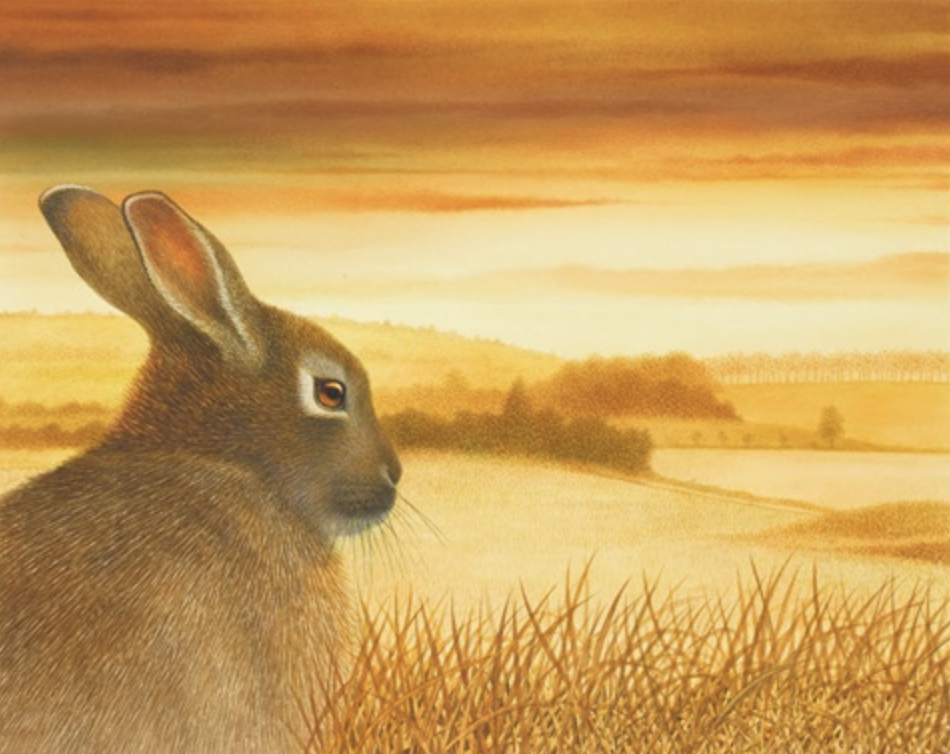
Hello Lighthouse 
Professional Crocodile 
The Cat Who Liked Potato Soup
“Terry’s presentation style is lyrical, engaging and her love of the medium was infectious.” Laura Horwood-Benton, Public Programming & Community Relations Librarian, Portsmouth Public Library.
I’m offering this Online workshop especially for libraries. Thank you, librarians, for doing essential work this past year to keep kids and all of us connected with the books we need. The workshop fee is negotiable.
“Writing a Picture Book”
Picture books for children are poems with pictures. They can be funny. They can bring a family memory to life. Maria Popova describes picture books as “stories that tackle with elegant simplicity such complexities as uncertainty, loneliness, loss, and the cycle of life.”
What makes a story one that children will love? What are the components that blend and form the structure and beauty of a picture book story?
In this two-week workshop with a focus on writing the picture book, participants will explore – by word and image – how one picture book is made. Please join author Terry Farish to explore the narrative components that help a picture book sing.
Terry will offer prompts and guidelines for participants to write their own picture book in Part I of the workshop. Part II is a Picture Book Writing Group in which participants are invited to share their picture books in progress and join in discussion about the group member’s work.
Praise for “Writing a Picture Book”
“Terry was so generous with her time in reviewing and offering constructive comments on all participants’ work, in a warm and encouraging manner that was a joy to witness. Her presentation style is lyrical, engaging and easy to follow, and her love of the medium was infectious. We had unanimously positive feedback from those who attended, and hope to offer the workshop again in the future. Laura Horwood-Benton, Public Programming & Community Relations Librarian, Portsmouth Public Library
“Terry’s Writing a Picture Book workshop created a spark that ignited a first draft in a week! Her enthusiasm for the picture book genre was evident from the first presentation. As she read excerpts from different picture book categories, I felt the magic between each book’s covers. She encouraged us to experiment with the structures we heard and to hang our own stories on their hooks. Most importantly, to be brave in the telling. As we shared our drafts, Terry’s questions guided us. We learned more about writing as we analyzed each other’s drafts and benefited from receiving gentle, honest feedback on our own writing.
Participant, Dunbarton, NH
“I thought the three prompts provided were helpful and they reminded me that each of us was probably starting out from a different point and that each draft contained the possibility of several different stories–fiction may free itself from fact. The prompts and the comments of my fellow authors helped me identify the central issue to [my story]. Will my character overcome her passive role and assert herself to obtain a treasured pet and then show it off to perfect strangers? The input I received made me realize that [my character’s] triumph was what had prompted me to write the story in the first place. I’m now enthusiastically engaged in reworking the text to do just that. Participant, California
“Writing a Picture Book” Handout with Reading List
Here’s an essay that introduces my approach to “Writing a Picture Book” with examples from beautifully crafted stories.







